AUDIOVECTOR R1 ARRETÉ REVIEW
Audiovector R1 loudspeakers are made in Denmark. In this review, Stuart Smith checks out the £4700 R1 Arreté stand mounters, dedicated stands, and Freedom Grounding Concept cables.
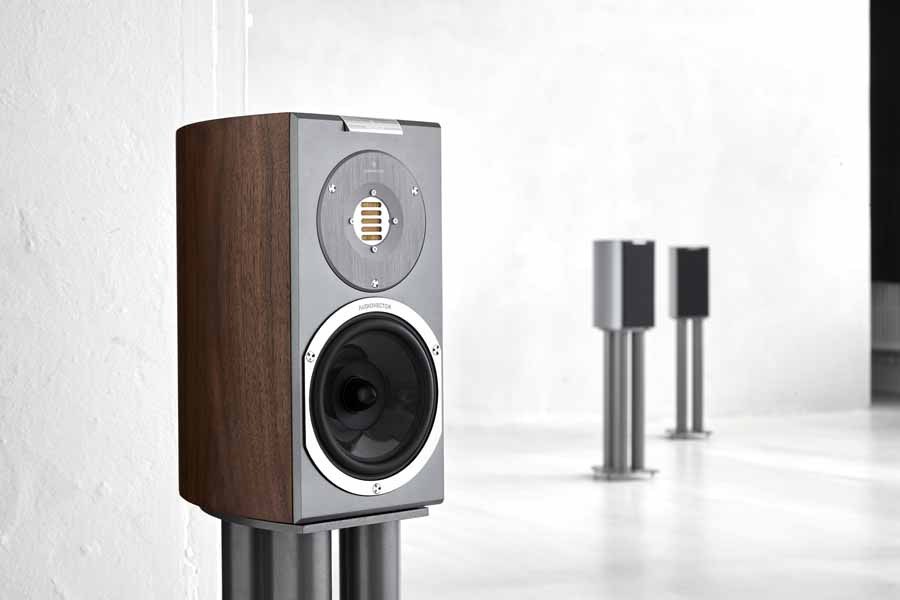
The Audiovector R1 Arreté standmount speakers in Italian Walnut
Let’s not beat about the bush, I have loved Audiovector loudspeakers speakers for a number of years. I’ll qualify that – I’ve previously always enjoyed Audiovector loudspeakers when we’ve been at shows, and so when it came to auditioning new speakers as our ‘conventional’ speakers in the main system it was Audiovector that Linette insisted we audition first. Long story short is that during that audition process we didn’t bother having any other speakers sent to Hifi Pig Towers to listen to and pulled the trigger on the Danish company’s R3 Arreté floorstanding loudspeakers with their Freedom Grounding Concept grounding cable – yes it works and yes it’s voodoo as far as I’m concerned. I bang on about the FGC in the R3 review.
FIT, FINISH & SPECS
The R1 Arreté arrived with some matching stands (£775), Freedom Grounding cables (£595) and were very well packed, though nothing ostentatious. The speakers are finished in Italian Walnut veneer and the stands in Gunmetal grey, though the stands. Other veneers for the speakers are available as standard (White Silk, African Rosewood, Black Ash, and the Italian Walnut we have here) and custom piano gloss finishes are available on request. The stands are a good match and visually the Audiovectors look smart and elegant on them. The speakers come with a cloth grille that connects magnetically to the cabs to protect the drivers from prying fingers, but as always I left these off.
There are three levels of speakers in the R1 range – R1 Signature, R1 Avantgarde, and R1 Arreté. The Signatures have an R Evotech soft dome tweeter and the Avantgardes have an R AMT tweeter – essentially that’s the only difference between those two. The Arretés have an improved AMT Arreté tweeter plus NCS (Natural Crystal Structure) and FGC (Freedom Grounding Concept) – more of these in a bit – otherwise, they are the same speakers as the others in the range.
Around the back of the speakers is a very well finished backplate with a single pair of very good binding posts, and a post for the grounding cable. There is also a couple of ports on the back.
The R1s are a pretty compact (37 x 19.6 x 29 cm) two-way, bass-reflex design (that’s one of the ports) that employs a non-parallel teardrop construction that is designed to minimise internal standing waves. In addition to the teardrop design, the R1s have a narrow front baffle to lower undesirable diffraction distortion.
Drivers
Woofers in the Audiovector R1s are 6.5” and have a carbon construction and are the same as used in our R3s, as is the AMT (Air Motion Transformer) tweeter.
I’ll copy the information with regards to the AMT tweeter from the last review as I think it will be of interest, but it’s also a pointless exercise to rewrite it just for the sake of it.
The AMT was invented by Dr Oskar Heil and works in a very different transduction principle than your common or garden driver. It also works somewhat differently to ribbon loudspeakers in that the diaphragm is pleated and it uses a metal-etched sheet of metal-etched folded sheet of polyethylene terephthalate film with the etching acting as a voicecoil. The whole is then housed between four stacks of steel pole-plate pieces positioned at forty-five degrees within a high-intensity, quadratic, opposing magnetic field. The folded diaphragm works like the body of an accordion with it being pushed in and out. Thanks, Wiki! AMTs have a reputation for being fast and detailed and with a focused sound characteristic with the air leaving the diaphragm being around five times faster than the speed of the driver itself and this is where the name originates.
Behind the tweeter you have that port/grill I mentioned earlier as the AMT essentially acts as a dipole firing both front and back – the port allows the tweeter to fill the room from front and back. The Arreté AMT tweeter also uses what they call an Integrator Acoustic Lens to the front of its mount which Audiovector says improves dispersion, impulse response, and integration with the mid-driver.
Audiovector says that the frequency of the R3 Arretés goes down as low as 38Hz and up to 53kHz with a sensitivity of 87dB. This sensitivity isn’t massively high in the great scheme of things but you aren’t going to need a huge muscle amp to drive these you’ll be pleased to know. They are a nominal 8 Ohm load, will handle 200 W, and crossover at 2900Hz.
FEATURES
There’s a lot of anacronyms listed on the specification sheet of the R1s (and other Audiovector loudspeakers, for that matter) and I’ll go through them here as I think some of them really do add value to the speakers.
IUC stands for Individual Upgrade Concept which basically gives owners of Audiovector speakers to upgrade to a higher level when you can afford or when a new model becomes available. I like this concept a lot as it basically means you can buy into the Audiovector brand and move up the food chain as and when.
LCC is Audiovector’s Low Compression Concept which is incorporated into the drivers to allow the membranes of the drivers to move freely even when pushed hard or when they are under “difficult conditions.”
Soundstage Enhancement Concept is designed to allow the soundstage to remain solid wherever you choose to sit – I’ll put this to the test later but I’m assuming that this should mean that speaker positioning isn’t as critical as it can be with other more demanding units.
NES is a concept that Audiovector suggests tackles the problem of drive units sounding best when they “don’t carry the weight of the speaker cabinet to which they are fixed.” This is tech carried down from the R11 Arreté.
All versions of the R1 have the above technology included, but the Arretés add both the Freedom Grounding Concept (FGC) and NCS (Natural Crystal Structure).
FGC is basically a cable that attaches to the grounding post at the of the speakers and then to your mains earth via a plug and is designed to address “movement induced distortion of and between the drive units.” Here is what Audiovector say about it – “The currencies running between the chassis are being processed and dealt with through a new separate crossover, which routes the signal to the ground terminal of your wall socket or your grounded mains distributor. These currencies cause coloration and distortion between the drive units. By balancing and filtering these through a dedicated separate filter and by offering the possibility of connecting them to earth/ground, we achieve a clean, very accurate, much more realistic sound with low noise floor.” Now I’m sceptical about this kind of thing but it really worked incredibly well on the R3s and so hopefully it will have the same effect here on the R1s.

Side by side and looking great
NCS freezes components used in the speakers down to -238 degrees C which is supposed to realign copper molecules to their natural positions to reduce resistance. My natural response is to be sceptical of this kind of thing but I’ve not got the Avantgardes here to compare to and so really can’t comment on the efficacy.
THE SOUND
Set up of the speakers is as pain-free as it could be and I had them both near the back wall and out into the room, with me preferring the slightly more open sound of them well out into the room. The stands complement the speakers really well, are a perfect fit, and bring the AMT tweeters to ear height when I’m sat.
I was sort of expecting much of the same kind of sound overall as the R1s bigger brothers that we listen to daily but with perhaps a little less in the bottom end. And pretty much that’s what you get with the R1s. It struck me here, and after listening to the R1s for a fair while, that it may have been easier to put a link to the R3 review and just write “much of the same only with a smidgen less scale” but that’s not really giving these speakers the credit or attention they deserve, and they do deserve your attention in my opinion.
Like the R3s, the soundstage is wonderfully three-dimensional front to back, up and down, and left to right, and despite only being a metre or so from the side wall the stereo image seems to extend beyond the speakers quite nicely. This three-dimensional effect is more prominent when the speakers are further out into the room from the back wall, but very good in either position. When compared to the Xavian Perlas we regularly use in this system there is definitely more of a reach out and touch feel to the image, though it may be slightly less so than the Diptique dp77s which are isodynamic. For relatively small speakers there is a huge sense of scale to the image with the R1s. And it’s not just the image that has scale. Daft Punk’s Tron Legacy sounded nothing short of majestic, with me having a feeling of being enveloped in the soundscapes, sounds, textures, and rhythms. Orchestral themes that abound on the Tron record feel magnificent, and, dynamically speaking, the R1s are wonderful with them never feeling anything short of in control.
Audiovector employs the Sound Enhancement Concept that got mentioned earlier. This addresses there being a very specific hot seat for most speakers where the stereo image is brought into sharp focus and essentially widens the places you can sit and still enjoy a good stereo image. There is definitely a spot where you get the best stereo effect, and sitting bang in the middle of the speakers is quite spectacular, but sitting to the left or right of this, you still get a good representation of the image.
Bass response in this well-damped and treated room was very good with me having no issues even when playing bass-heavy electronic music such as Infected Mushrooms’ Army of Mushroom”. I also liked that the bass was tight and fast – something I think standmounts can often either do very well or, indeed, very poorly. Bass reflex designs can also sometimes suffer from a somewhat monotonal bass note but I don’t get that here with bass being tuneful and bouncy. The speakers do drop off a little bit below 45Hz but I was still seeing a fairly significant peak (admittedly on an Android app) at 38Hz (ish) when playing the Tron record, which was pretty impressive for a speaker this size and I found it absolutely stunningly entertaining in this room. Honestly, in this room anything much lower would be too much and I never once thought to get the subs plumbed in.

Around the back of the R1s and showing the very well made binding posts for speakers and Freedom Grounding cable.
Tonally I’d say the R1s, like the R3s, err on the side of being ever so slightly brighter than flat, but that actually may be a good thing in that they offer up a really breathtaking listen that has you on the edge of your seat and you become really drawn into the music you listen to in a very engaged kind of way. Whilst purists may perhaps want a more monitor style of listening experience (I do enjoy monitors too), but what you have here is a speaker for someone who really loves their music and wants to engage and be engaged with it.
All what I’ve just written sounds like these are a fur coat and no knickers kind of listening experience, but that’s not the case, and whilst they are exciting, dynamic and engaging (I’m well aware I’ve repeated that several times) they also do subtle and intimate with suitable material. Human voice (I often use the odd spoken word piece or speech radio in the review process) sounds natural and without colouration.
GETTING GROUNDED
In the R3 review I added the cryogenically treated grounding cable betwixt speakers and the earth of the electric socket via the supplied cable (it an extra £595) and was gobsmacked, and, despite being ready to dismiss such nonsense as silly marketing spin, I was really taken by it.
I’ve copied and published verbatim, above, what Audiovector claim this cable does but, frankly, I haven’t a clue what they are banging on about, I’m afraid. It all sounds like scienceified marketing to me, but the reality of the situation is that something goes on with this ‘concept’ and I have experienced it with the R3s and with now with the R1s. There is a perceived increase in volume and there is a sense of there just being more of everything going on. I don’t know what the cable does but I like it. The Tron Album that previously sounded “majestic” now sounds “***ing majestic”. This effect is repeatable and real and I A/Bd tune after tune, just as I did when I first experienced it with the R3s – we leave it constantly “in” with the R3s, but to not have it there and then to add it makes you really notice it! I defy anyone to listen to these speakers without the Freedom Grounding Concept and then add it and then want to go back to the set up without it in place, and, as such, I feel, just as I did with the R3s, that it is a must-have addition to the speakers – so factor it in when budgeting. What was an edge of your seat listen suddenly becomes like you’ve shifted down a gear, hit the accelerator, and been pinned back to your seat – in a very good way!
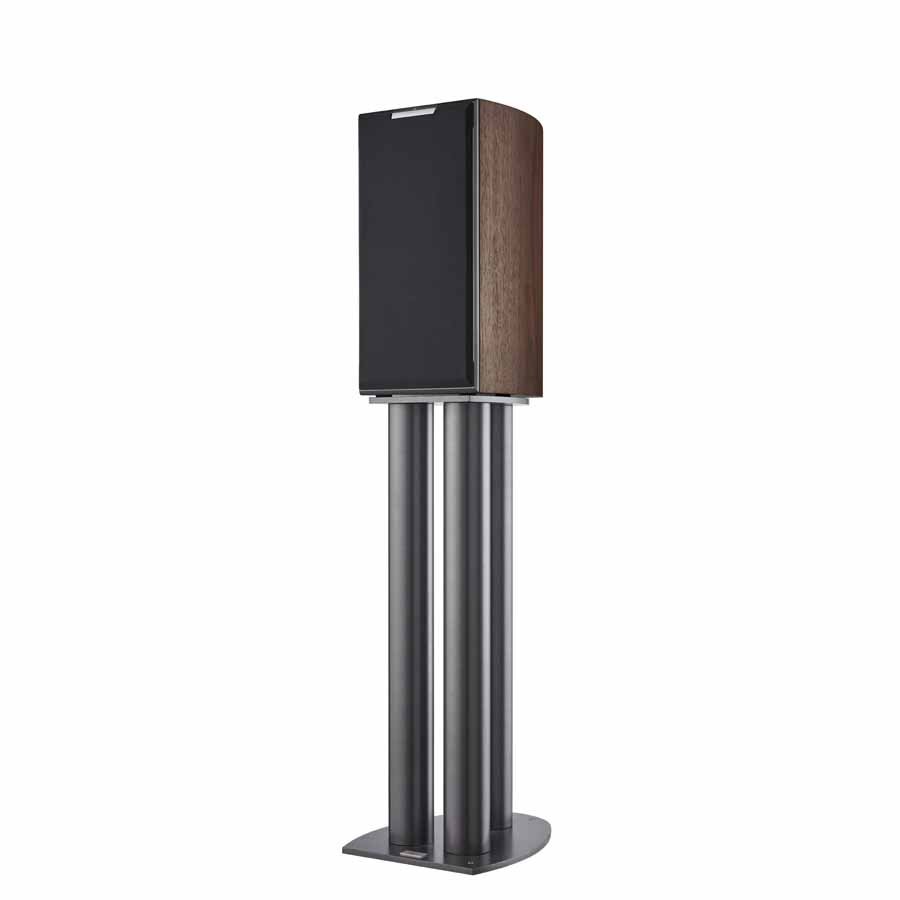
With or without the magnetically attached grille the Audiovector R1s are a good looking loudspeaker
CONCLUSION
I loved them! There’s no other way to say it – the R1s do so much so very right. Whatever kind of tunes you play on them, they just get on with it and deliver an exciting and engaging sound that just demands you whack on another tune…and then another. The Tron record I mentioned got played several times on the trot, both with and without the Freedom Grounding cables.
The Freedom Grounding, despite coming across in the marketing bumph as spin (I’m being polite), really does add to the speakers’ appeal and is a must-buy (not) option!
A big floorstander would be too much in this room and I’d struggle to push them to their limits where I feel most speakers really come on song, but with the R1s you really can push them hard and get the very best from them. In a larger space, they will still work, but I’d prefer to have the extras that the R3s bring to the table in that situation. In a small to medium-sized room, they are stunningly good and work pretty well at low levels too.
The truth of the matter is that I feel this particular system we use as a reference is a world-class system that has been carefully put together to really deliver an exceptional listening experience at a price that is relatively achievable for many, but it’s also a reference by which to measure other products that come and go. I hate to say it, but with the R1s in the system, it is elevated a notch if not a notch and a half – and I do not say that lightly!
The stands are very well made, heavy and with spikes in their underside. They match the speakers brilliantly, but I feel at €800 they are a tad on the pricey side.
AT A GLANCE
Build Quality:
The speakers feel pretty light but they are well put together and have quality components and accouterments
Sound Quality:
Enveloping, engaging, and dynamic. Not the flattest of speakers but that is forgiven for the level of sheer enjoyment they bring to the feast.
Value For Money:
Not cheap and the added extras do bump the price up considerably.
We Loved:
The engaging, dynamic sound
Tight and tuneful bass
Easy positioning
The Freedom Grounding experience is still a novel thing to hear
Airiness around instruments
Encapsulating sound stage
We Didn’t Love So Much:
Price of extras, particularly the speaker stands
I genuinely cannot think of anything else
Price:
Speakers: £4700, €5250, $6250
Stands: £775, €850, $979
Freedom Grounding Cables: £595, €650, $850
Elevator Pitch Review:
Well-made and great-sounding speakers that major on delivering an exciting and three-dimensional performance, but have the ability to be subtle when needed. Stands are too expensive. Freedom Grounding Concept really works and is a must-have!
Stuart Smith

Review Equipment: Raspberry Pi running Roon, LAB12 dac1, Merril Thor amps, Lab 12 pre1, Hifi Racks racks, Solidsteel speaker stands. Cables by Chord, Tellurium Q, and Atlas.













































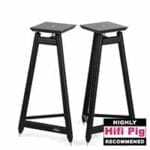

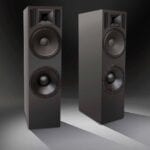










































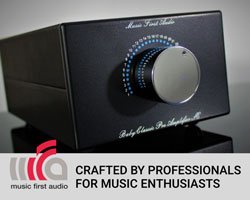









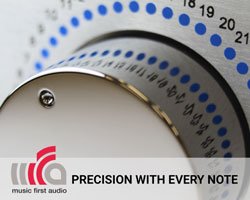





















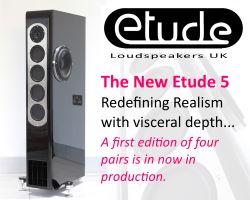



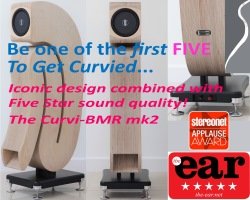












































You must be logged in to leave a reply.